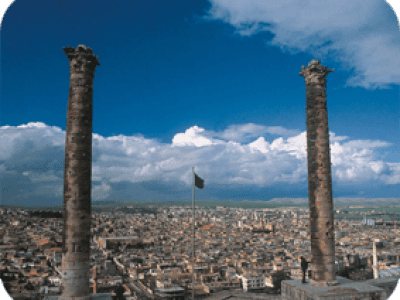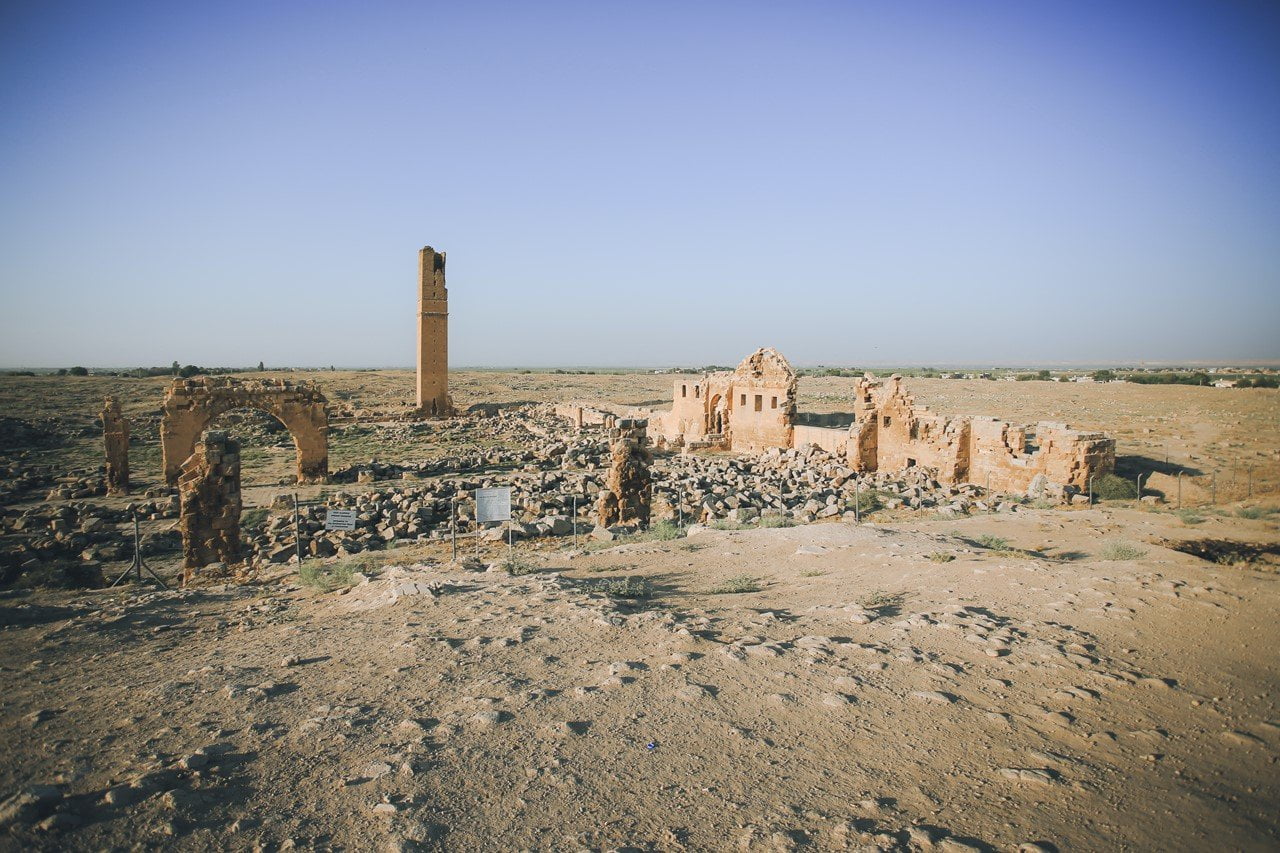The Southeastern Anatolian Region, with its very rich history and cultural heritage as shown in its magnificent historical sites, is well worth visiting. Its history begins around 7,000 B.C. in the New Stone Age. Between 2,000 B.C. and 1,500 B.C. came the Hurris who Were to be followed by the Hittites sometime around 1,200 B.C. In the sacred land which encircles the Firat (Euphrates) and the Dicle (Tigris) rivers, the Grandfather of Religion, Ibrahim (Abraham) the Prophet lived. Ibrahim was born in Ur, now called Sanliurfa, and later moved south from the city of Ur to Harran. In Harran, which was an important Mesopotamian historic and cultural center, the ruins of one of the largest and oldest Islamic universities can be seen among the archaeological remains. Restoration is now complete on the 18th century mansion, Kucuk Haci Mustafa Hacikamiloglu Konagi. It has just reopened and now serves as an art gallery. When you travel from the south to the north over the Mesopotamian plains, the first high mountain to be seen is the picturesque Mount Nemrut, with the Mausoleum of the Commagene King Antiochos at its 2,150 meter peak. The most important areas of the region are Diyarbakir, whose city walls are a superb example of medieval military architecture; Mardin, with its unique architecture; and Gaziantep, a large trade and industrial center which contains the remains of late Hittite cities. The Atatürk Dam Lake is planned as the region’s holiday and water sports center. There are many beaches along the shore of the lake which can provide you with an unforgettable holiday experience under the Mesopotamian sun.



0 Comment